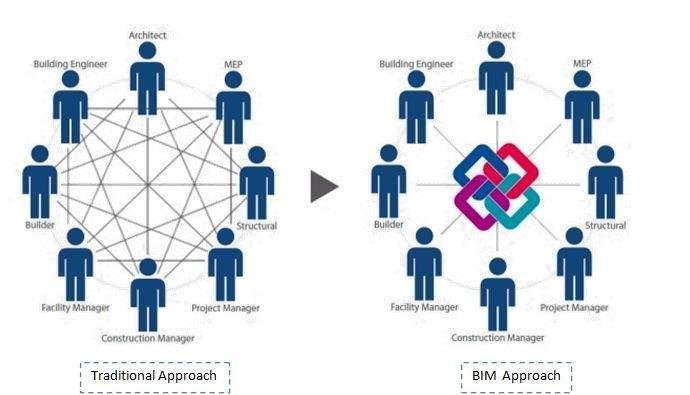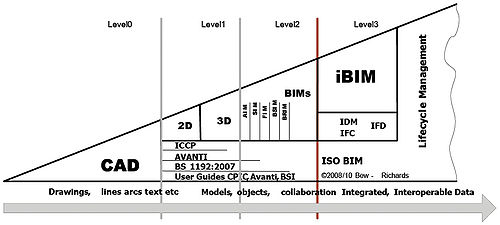Implementation of BIM as communication tool for construction site operations
Abstract
There is an ongoing interest in the possibilities for innovations which Building Information Models (BIM) can offer in improving building design and management. This topic has the last couple of years been addressed in many publications and established its name in both the scientific world as on the building site. Both research and practice have proven the potential BIM has in the Architecture, Engineering and Construction (AEC) industry. However, until recently the focus has only been on implementing BIM in the design phase and in higher management level during construction. The area which hardly has been covered is implementing BIM on the construction site. On the construction site BIM could replace current outdated communication processes, prevent construction errors and enhance the quality of current management tools. In addition the implementation of BIM could offer more insights into processes on the building site for future innovation and research. Applying BIM on the construction site offers the potential to replace the uniform paper-based drawings which are currently delivered at the start of the construction phase. The problem with these current drawings is that they have to provide information to all disciplines present on the construction site and are often outdated. The fact that these drawings are outdated also undermines a great deal of the benefits of BIM on management level. The new application of BIM which is proposed for the construction site makes use of an up to date BIM-server which can be consulted at any time by the project operator. The project operator can then not only offer up to date information but can also easily extract relevant information for the craftsmen on sight. This article will elaborate on the benefits and challenges of the implementation of BIM in this work field and will attempt to indicate gaps in current research.
Contents |
Introduction
This article will give insights into the possibility to use Building Information Models (BIM) on the construction site as communication and management tool. First the current situation of the industry and the level of implementation of BIM will be discussed to provide some background information. After this chapter, the way of implementation and coherent benefits will be explained in more detail. This will be followed by a more critical overview of the challenges, barriers and the need for further research.
The Architecture, Engineering and Construction (AEC) industry is an industry which identifies itself by being conservative and has seen few innovations during the last decades. In contrast with most other industries which have shown to be more progressive and have managed to increase their efficiency substantially (Vestergaard, 2017). However the transition in the AEC industry from 2D designing towards a more integral collaboration working in 3D models offers a great perspective (Singh et al. 2010; BIR, 2016). These digital solutions enable the growth of building complexity to be properly managed and offer the possibility to increase efficiency within the industry.
“BIM is a business process for generating and leveraging building data to design, construct and operate the building during its lifecycle. BIM allows all stakeholders to have access to the same information at the same time through interoperability between technology platforms.” (BuildingSMART, 2012).
 Figure 1: Traditional versus BIM approach (Hattab, 2013)
Figure 1: Traditional versus BIM approach (Hattab, 2013)
BIM increases productivity within the AEC industry by functioning as a communication, management and information tool. In BIM all the information from different disciplines is combined and accessible for all stakeholders in the project. This offers the possibility for a more integrated design process and to check the model fit of the different disciplines. In addition design flaws can be detected in a pre-built phase which reduces a substantial amount of costs during construction. However BIM offers many more opportunities to innovate within the AEC industry. One of these opportunities which is until now only scarcely adopted is the use of BIM on the construction site for operations.
BIM in the AEC industry
Current innovation which has been achieved by the implementation of BIM in the AEC industry.
- communication
- detecting errors
- modeling improvement
- phasing
- areas addressed in research
level of implementation
general challenges of BIM
BIM as communication tool for construction site operations
- Current situation
- Current research
- Solution by BIM
- Experience in practice
Opportunities and Challenges
test[1]
